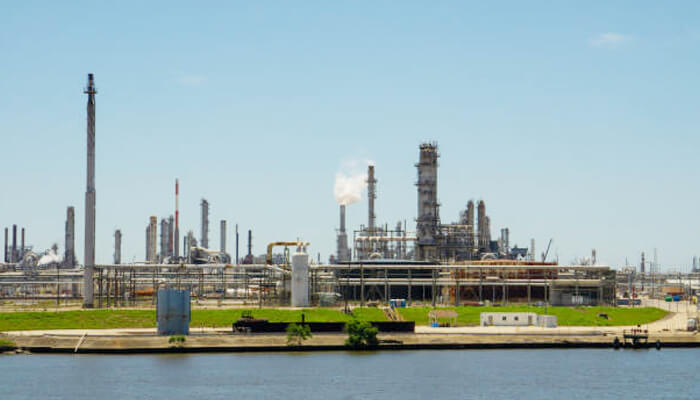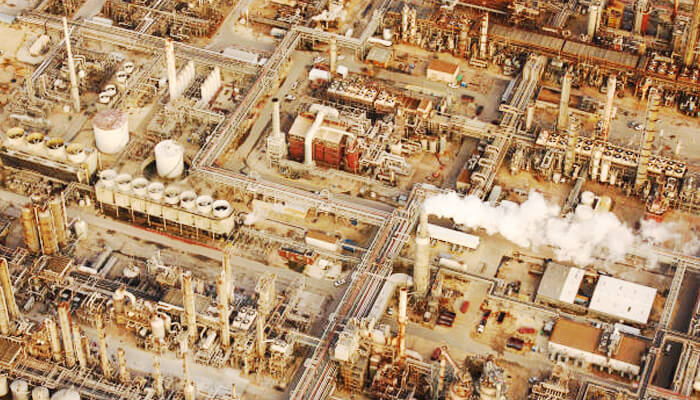Houston, Texas, also known as the “Energy Capital of the World”, has been at the forefront of the oil and gas industry for decades. With its strategic location, world-class infrastructure, and highly skilled workforce, Houston has become the hub for midstream companies. These companies play a vital role in the transportation, storage, and distribution of oil, gas, and other energy products. In this article, we will explore the growth of midstream companies in Houston and the factors that have contributed to their success.
The Rise of Midstream Companies
In recent years, there has been a significant increase in the production of oil and gas in the United States, thanks to advancements in drilling technology such as hydraulic fracturing. This surge in production has created a need for infrastructure to transport these resources from the production sites to refineries and end-users. This is where midstream companies come into play.
Midstream companies such as woodwayenergy.com are an integral part of the oil and gas industry because they focus on the transportation and storage of these resources. They act as the bridge that connects the upstream production with the downstream distribution.
Midstream companies have responsibilities for building and operating pipelines, which are the most common means of transporting oil and gas over long distances. These pipelines ensure a reliable and efficient flow of resources from the production sites to refineries and other end-users.
Factors Driving Growth
Several factors have contributed to the growth of midstream companies in Houston. One of the key factors is the abundance of natural resources in the surrounding areas. Texas is the leading producer of both oil and natural gas in the United States, and the Permian Basin, located in West Texas, is one of the most productive oil and gas fields in the world. This abundance of resources has created a high demand for midstream services.
Midstream companies play a crucial role in the transportation, storage, and processing of oil and natural gas. With the vast amount of resources being produced in Texas, there is a constant need for infrastructure to move these resources from the production sites to refineries and end users.
Another contributing factor to the growth of midstream companies in Houston is the city’s strategic location. Houston is not only close to major oil and gas production areas like the Permian Basin, but it also has access to a well-developed network of pipelines, ports, and refineries. This makes it an ideal hub for midstream operations, as it allows for efficient and cost-effective transportation and distribution of resources.
Impact on the Economy
The growth of midstream companies in Houston has had a significant impact on the local and national economy. These companies create jobs, generate tax revenue, and contribute to the overall economic growth of the region.
The midstream sector in Houston has experienced remarkable growth, and its impact on both the local and national economy cannot be overlooked. These companies play a crucial role in the transportation and storage of oil, gas, and other energy products, which are essential for various industries and households.
One of the most noticeable effects of the midstream industry’s expansion is the creation of jobs. These companies require a skilled workforce to operate and maintain their infrastructure, leading to the employment of thousands of individuals in the Houston area. The job opportunities provided by midstream companies not only benefit residents but also attract professionals from other regions, boosting the city’s overall talent pool.
Challenges and Future Outlook
While the growth of midstream companies in Houston has been significant, there are also several challenges that these companies face. One of the main challenges is the volatility of commodity prices. Fluctuations in oil and gas prices can impact the profitability of midstream companies and their ability to invest in new projects.
Another challenge that midstream companies face is the increasing competition in the industry. As more companies enter the midstream sector, there is a higher level of competition for contracts and customers. This can put pressure on midstream companies to offer competitive pricing and services to attract and retain clients.
Additionally, midstream companies also face regulatory challenges. The industry is subject to various regulations and permits that can impact the operations and costs of these companies. Compliance with these regulations can be costly and time-consuming, requiring midstream companies to allocate resources to ensure they comply.
Conclusion:
The growth of midstream companies in Houston has been driven by factors such as the abundance of natural resources, the need for energy infrastructure, and the favorable business environment in Texas. These companies have made significant contributions to the local and national economy through job creation and investments in infrastructure. While they face challenges such as commodity price volatility and regulatory scrutiny, the future outlook for midstream companies in Houston remains promising. With the increasing demand for energy resources and advancements in technology, these companies are well-positioned to continue playing a vital role in the energy industry.



